In the half-dark of an ancient chamber, a whisper can behave like water – folding around corners, rising, and sometimes blooming into a note that seems to come from nowhere. For centuries, stories spoke of caves that “sing,” but only recently have scientists begun to measure what early visitors simply felt. The mystery is crisp: natural stone seems to shape sound with the finesse of a concert hall, while the solution is slow, a blend of physics, archaeology, and careful listening. Across the world, from limestone cathedrals to megalithic corridors, researchers are tracking echoes the way biologists follow animal tracks. The results hint at a forgotten design language in rock – one that may have guided rituals, storytelling, and navigation underground.
The Hidden Clues
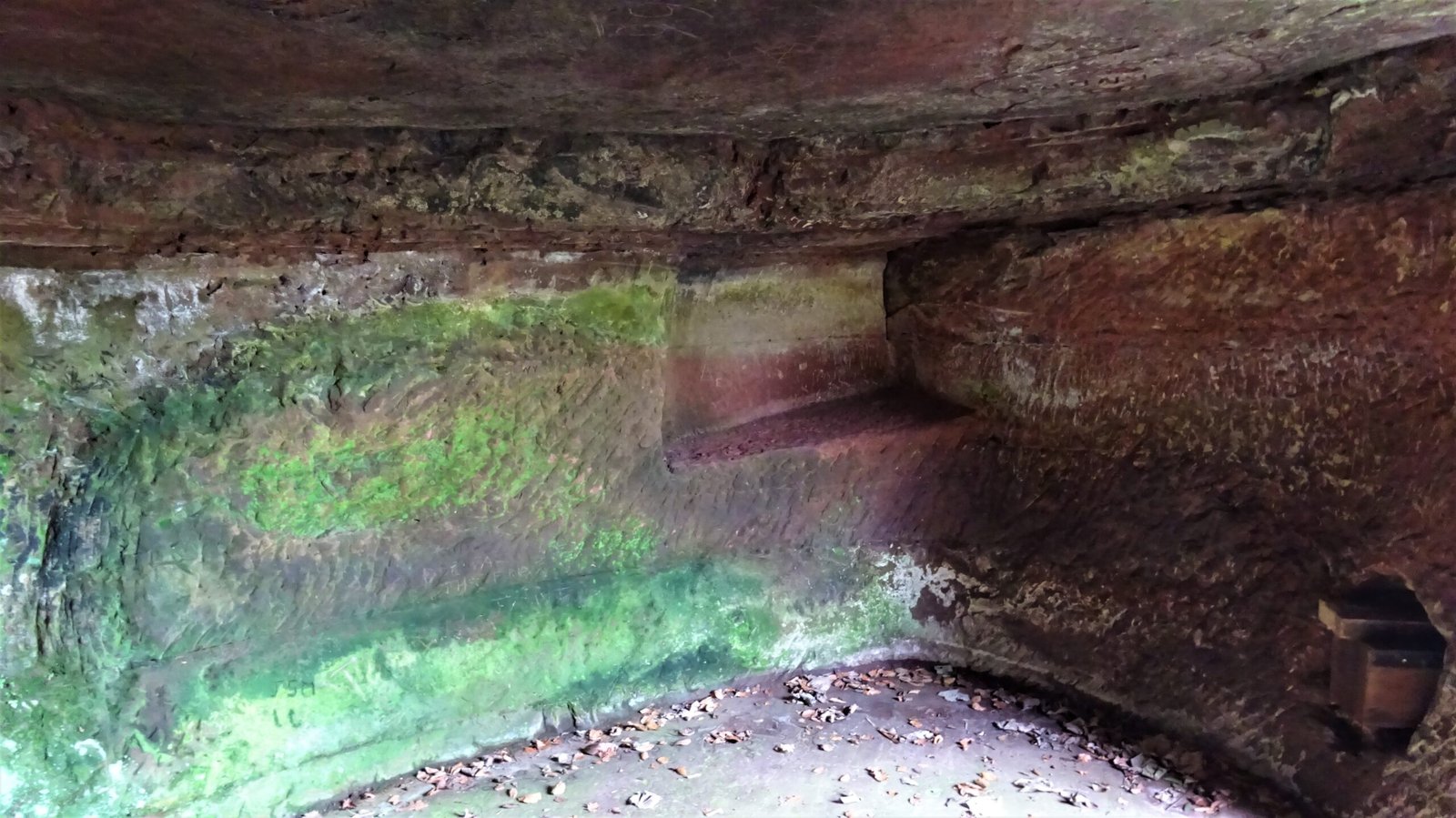
I once stood in a narrow limestone pocket and hummed, and the chamber answered with a soft, stubborn note that refused to die. It felt eerie and familiar at the same time, the way a seashell can sound like the ocean even on a city street. Archaeologists now look for those spots – places where a clap or voice swells – because wall markings and soot often crowd the same corners.
The clues are oddly practical: smoothed patches from repeated touch, discoloration where torches licked the ceiling, and sometimes clusters of marks that gather where a room carries sound best. Rather than proving purpose, they map a pattern, suggesting that people learned a cave’s voice by experience. In acoustically “hot” niches, ordinary speech can leap to the far end of a corridor, turning a small group into a larger-sounding presence.
The Physics of a Whispering Stone
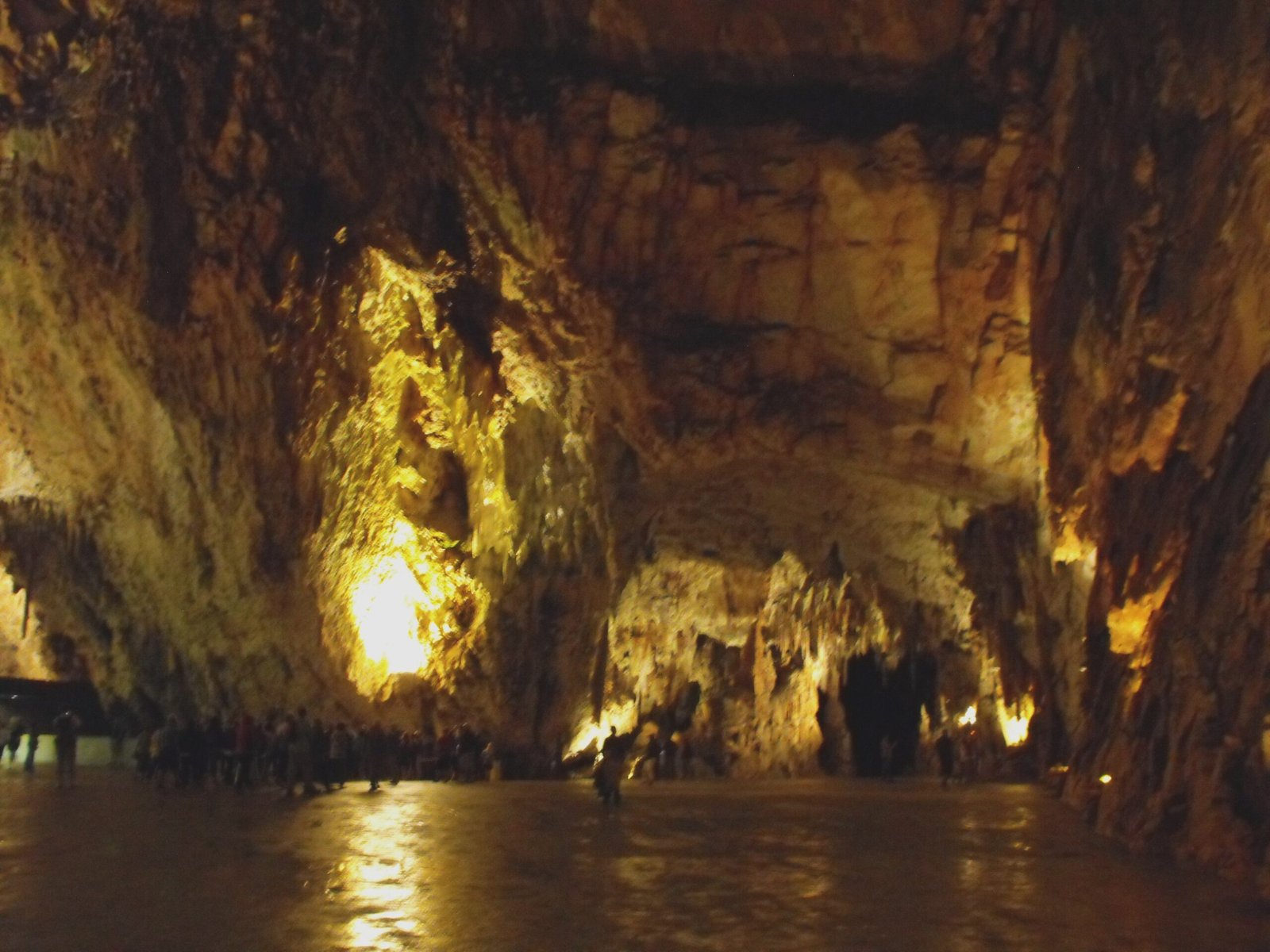
Caves sing because they are natural instruments: passages behave like organ pipes, domed chambers act like whispering galleries, and side alcoves work as Helmholtz resonators. Airflow, temperature, and humidity nudge the pitch and clarity, the way a musician adjusts a reed. Even small changes – wet vs. dry walls, a tighter entrance, a person stepping into an alcove – can shift a note or mute an echo.
Low frequencies tend to travel farther in rock-lined spaces, which helps explain why a single tone can seem to wrap around bends. Standing waves, the invisible ridges where peaks and troughs pin themselves in place, can make a voice feel doubled or larger than life. This isn’t magic; it’s geometry plus time, and stone quietly keeps the beat.
From Ancient Tools to Modern Science

Early visitors likely tested rooms with claps, drums, or simple horns, reading the cave the way sailors read wind. Today, researchers use swept sine tones, calibrated microphones, and portable speakers to measure impulse responses – the cave’s acoustic fingerprint. The data reveal reverberation times, frequency boosts, and the locations where sound energy pools.
What feels new is the blend of disciplines: archaeologists work with acousticians, architects, and speleologists, comparing field notes with models. Portable recorders and 3D scanners let teams return to the lab with both sound and shape, layered like sheet music over a blueprint. Bit by bit, the old intuition gets numbers, and the numbers confirm what feet and ears found first.
Mapping Echoes with Light and Math
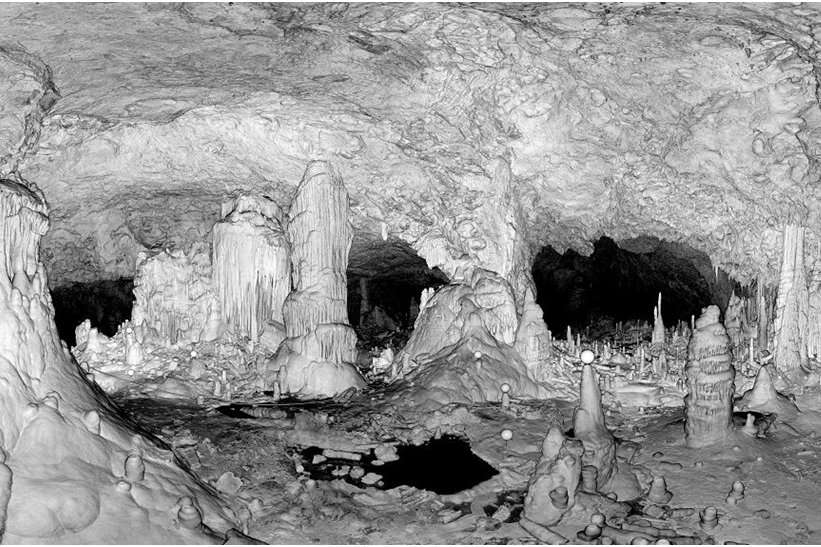
Laser scanning builds millimeter-precise meshes of chambers, capturing every fold in the wall that might catch a tone. When those meshes feed room-acoustic simulations, researchers can run hundreds of virtual “performances” to see how a chamber behaves before a single speaker is unpacked. The tight feedback loop lets teams test hypotheses without crowding fragile sites.
Some projects go further, pairing sound maps with heat and airflow models to understand how seasonal changes shift resonance. Others overlay pigment residues and carving locations onto acoustic hotspots to probe whether decoration followed the ear. The maps don’t guess intent, but they outline where sound and human action repeatedly met.
Global Perspectives
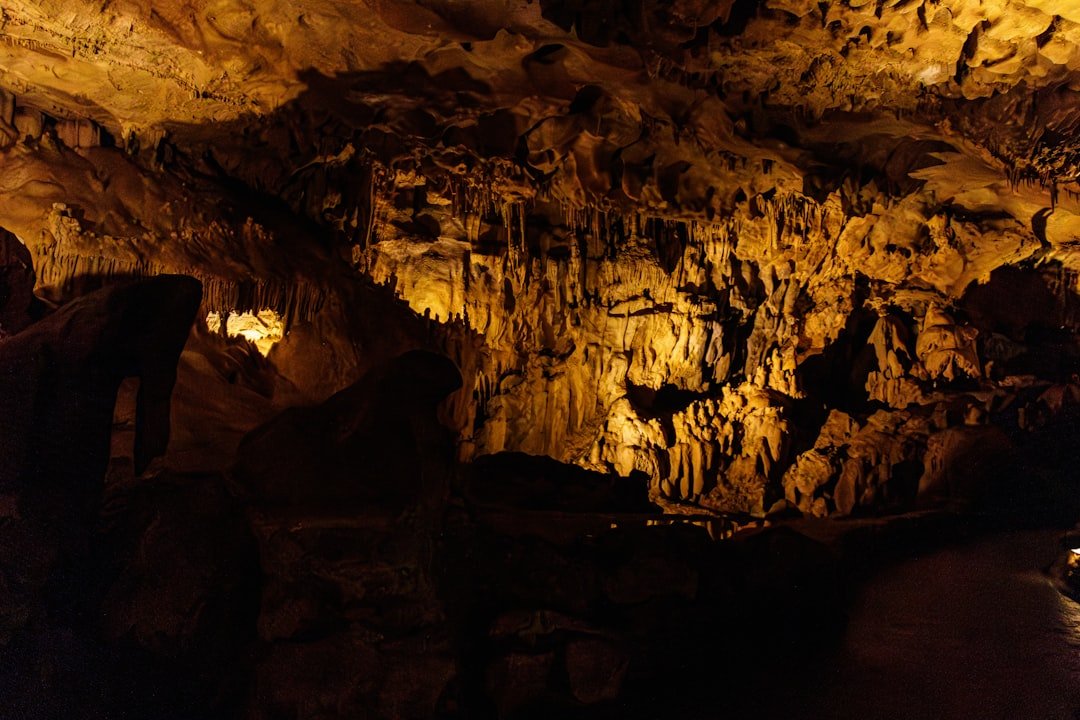
From limestone caverns in Europe to volcanic tubes in the Americas and basalt shelters in Asia, the materials change but the acoustical tricks recur. Domes carry whispers, pinch points filter low notes, and side cells behave like bass boosters. In some places, stalactites and columns ring when tapped, hinting at lithophones that turn geology into a percussion set.
Field teams have noted that water can be the cave’s metronome, dripping or coursing just enough to imprint a beat. Elsewhere, wind hollows out a steady tone in narrow vents, a natural drone that can color any voice added to it. The global repetition suggests convergent discovery: different cultures stumbling on the same sonic affordances carved by rock and time.
Why It Matters
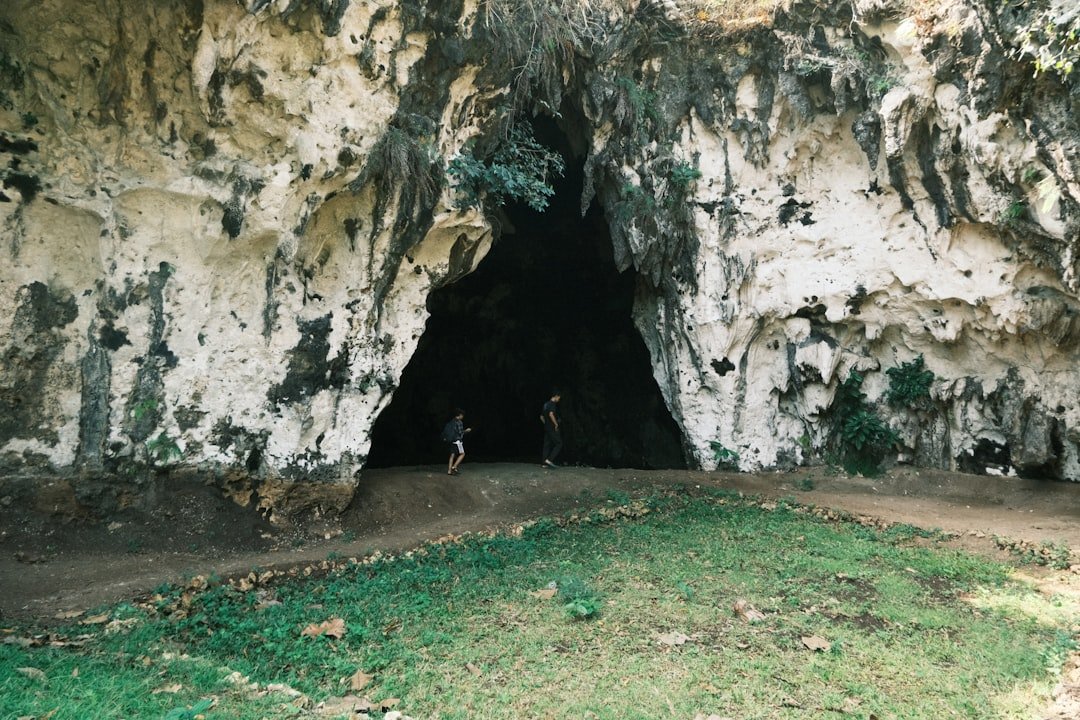
Understanding cave acoustics shifts how we read ancient spaces, moving from static rooms to dynamic instruments. Traditional archaeology emphasizes artifacts and iconography; acoustics adds performance, emotion, and group behavior to the picture. If a chamber amplifies low male voices or brightens high female voices, that shapes who leads, who responds, and how the moment feels.
There are practical stakes, too. Managing visitor noise protects wildlife – bats and cave insects are sensitive to disturbance – and preserves the fragile quiet where measurements make sense. Interpreting sites with sound in mind improves storytelling for the public, turning “don’t touch” into “try listening here,” which can be far more persuasive.
The Ritual Hypothesis, Carefully Weighed

It’s tempting to say every echo was engineered for ceremony, but the evidence is subtler and deserves caution. Correlations between rock art clusters and strong resonant zones are compelling, yet correlation alone isn’t intent. The sensible approach is to treat acoustics as one strand among many – stratigraphy, pigments, tool marks, and local ecology all matter.
Still, sound leaves fingerprints that align with plausible use: repeated wear at resonant niches, portable horns cached nearby, and soot patterns consistent with small groups facing a reflective wall. When lines of evidence pile up, the case for deliberate sonic staging grows more than speculative. The goal isn’t to force meaning, it’s to keep meaning open to the senses people clearly used.
The Future Landscape

New tools are arriving fast: compact lidar rigs, microphone arrays that can be hand-carried through tight squeezes, and algorithms that flag resonant pockets in seconds. Machine learning can classify impulse responses and cluster rooms by acoustic type, giving curators a quick read on which spaces need protection. Augmented reality headsets could overlay “what this room sounds like when full” onto empty chambers without raising a whisper.
The hard parts are governance and restraint. Many sites sit in fragile ecosystems or on Indigenous lands where cultural protocols guide access, and digital twins must respect those frameworks. Funding tends to favor the spectacular, but the quieter, smaller rooms often hold the most instructive data, and they deserve the same patience.
How You Can Help

Start by changing how you visit: speak softly, leave speakers and drones at home, and let your footsteps be the loudest thing you bring. If a guide points out a listening spot, try it with a single clap or hum, then stop; a cave is not a stage, and silence is part of the story. Support parks and heritage sites that limit group sizes and invest in acoustic monitoring – it’s a small trade for a deeper experience.
Teachers and parents can shift curiosity toward careful listening exercises, turning field trips into ear-training rather than shout-fests. If you donate, look for projects that pair conservation with community partnerships, especially where sacred spaces are involved. The next time you step underground, will you listen for the note the stone has been saving for millennia?

Suhail Ahmed is a passionate digital professional and nature enthusiast with over 8 years of experience in content strategy, SEO, web development, and digital operations. Alongside his freelance journey, Suhail actively contributes to nature and wildlife platforms like Discover Wildlife, where he channels his curiosity for the planet into engaging, educational storytelling.
With a strong background in managing digital ecosystems — from ecommerce stores and WordPress websites to social media and automation — Suhail merges technical precision with creative insight. His content reflects a rare balance: SEO-friendly yet deeply human, data-informed yet emotionally resonant.
Driven by a love for discovery and storytelling, Suhail believes in using digital platforms to amplify causes that matter — especially those protecting Earth’s biodiversity and inspiring sustainable living. Whether he’s managing online projects or crafting wildlife content, his goal remains the same: to inform, inspire, and leave a positive digital footprint.




